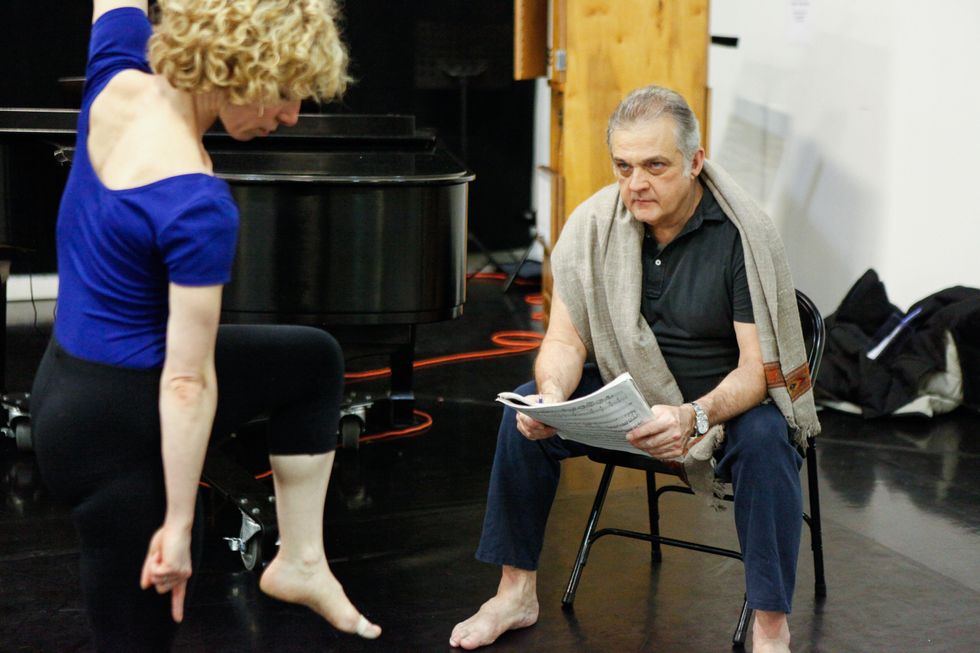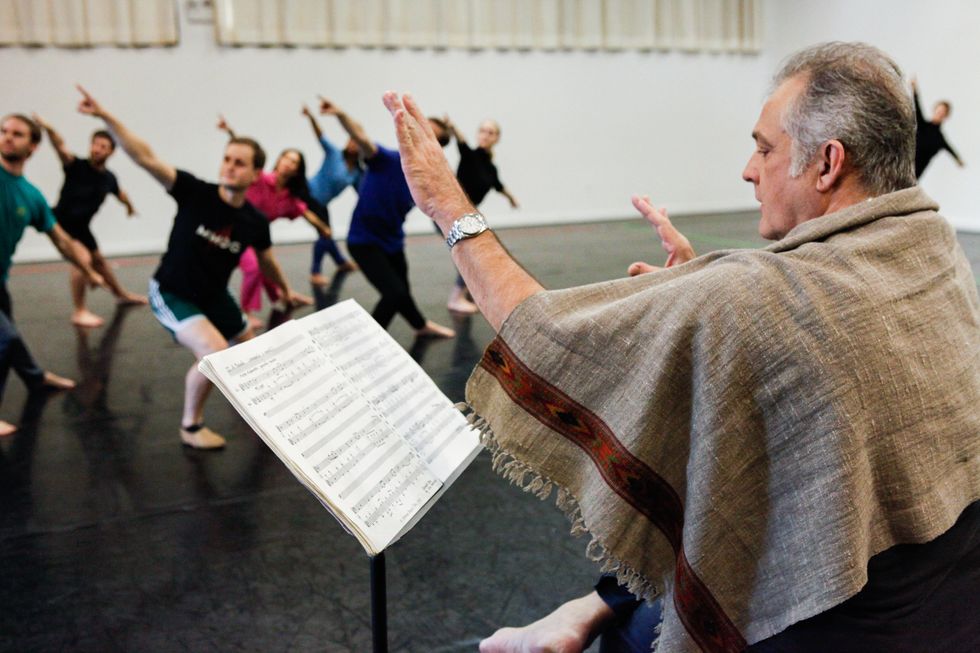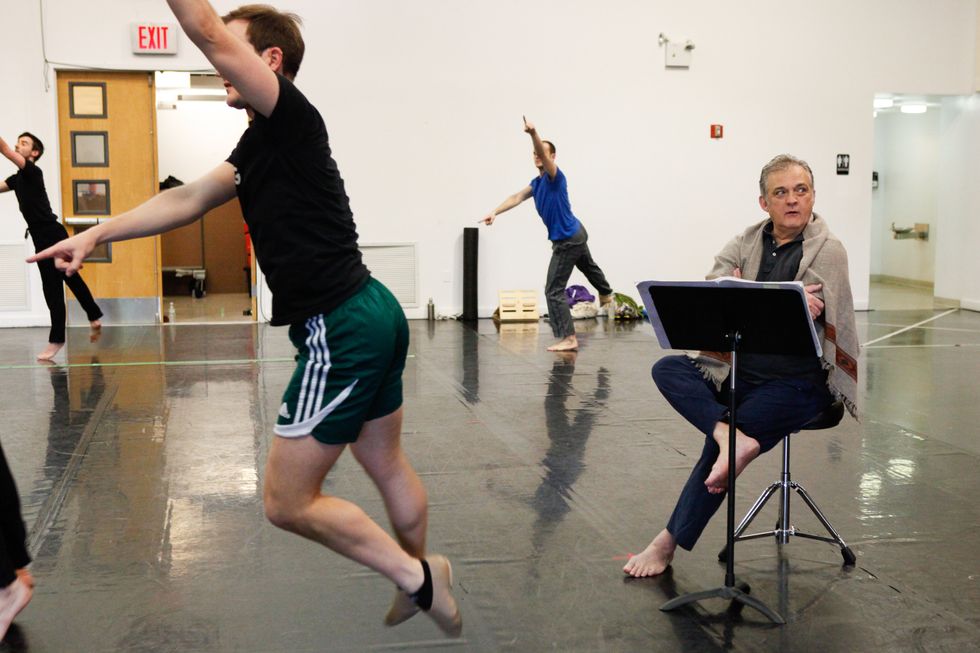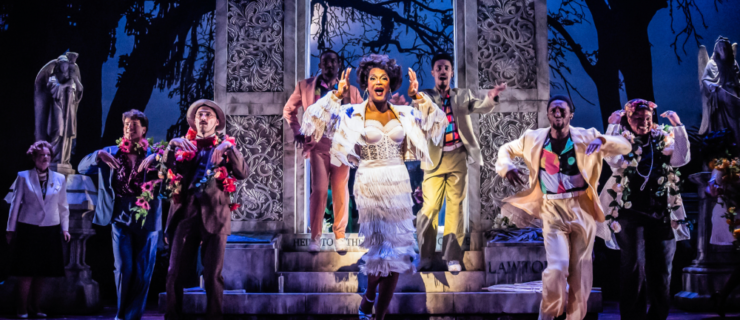Mark Morris Has the Most Idiosyncratic Legacy Plan We've Ever Heard Of
Choreographers are no more immortal than anyone else. So, wisely, single-choreographer modern dance companies have increasingly opted to address the issue of planning for the future—a future without their founders—before the crisis comes.
The solutions have been many. The Merce Cunningham Dance Company decided to shut down but preserve a Trust, which licenses his dances and holds regular workshops. Paul Taylor Dance Company has begun commissioning new works from other choreographers, even as Taylor continues to make dances. Tanztheater Wuppertal has been touring Pina Bausch’s works for almost a decade, and is only now looking to outside choreographers.
The Mark Morris Dance Group has come up with a very different approach, as idiosyncratic as Mark Morris himself.
 Photo by Amber Star Merkens, Courtesy MMDG
Photo by Amber Star Merkens, Courtesy MMDG
A few years ago, the company’s executive director, Nancy Umanoff, read about a Scottish conceptual artist who was creating a “future library” by planting trees that would one day be turned into books. Loosely based on this idea, Umanoff suggested that Morris, who is only 61, start creating “dances for the future,” i.e., a catalogue of works to be premiered after he’s gone.
The idea is that he’ll make approximately one extra dance per year from here on out, for future use. Morris jokingly refers to them as his “death dances.” He has started on the first one, a piece for 15 set to keyboard sonatas by Alessandro Scarlatti. It will be fully choreographed; designs will be planned out, but not executed. The sketches, as well as videos of rehearsals and of interviews with Morris and the dancers, will be preserved in an archive, along with a detailed map of the steps in Labanotation. In the coming years, before too many of the current dancers have left the company, the dance will be dusted off and rehearsed again. New videos and notes will be added. “That way,” says Umanoff, “when the time comes, at least some of the people in the company will have performed it in the room with Mark.”
 Photo by Amber Star Merkens, Courtesy MMDG
Photo by Amber Star Merkens, Courtesy MMDG
Not every choreographer would have the energy to create an extra dance each year, just to store it away in a time capsule, but Morris is famously prolific. He is also opposed to some of the other options that have been implemented in recent times, such as having his works performed by dancers other than his own, or commissioning works from other choreographers. “I’ve seen my work done by other dancers,” he told Pia Catton in Bloomberg Businessweek, and “that’s not the dance I want to see.”
The hope is that there will eventually be enough works in reserve for the company to be able to unveil 10 to 15 postmortem dances, one a year. Meanwhile, a new artistic leader will be found.
 Photo by Amber Star Merkens, Courtesy MMDG
Photo by Amber Star Merkens, Courtesy MMDG
After Morris’ passing, his works will continue to be performed by the company. The Dance Center, school and all the programs the organization offers to the community—including Dance for PD, a program for people with Parkinson’s—will continue on as well. As Morris has said, these are the things that he considers his true legacy. But he also cares about the company. “The romantic part of it,” he says, “is that I want to leave something to the people I’ve worked with over so many years. I want people to have work for a little while longer after I’m gone.” Plus, he adds cheekily, “it’s way more fun for me than rehearsing repertory.”




